How to Choose the Best Tape Machine for Your Box Packaging Needs
In today's fast-paced packaging industry, selecting the right equipment is crucial for efficiency and cost-effectiveness. The demand for reliable packaging solutions is reflected in the projection that the global packaging machinery market will reach approximately $50 billion by 2025, growing at a CAGR of 3.5% from 2020 to 2025 (Source: Smithers Pira).

Among the various packaging solutions, the tape machine for boxes stands out as a critical component for ensuring product protection and streamlined operations. With advanced features such as automatic sealing, adjustable tension settings, and compatibility with diverse box sizes, choosing the best tape machine can significantly enhance workflow while minimizing waste.
This tutorial aims to guide you through the essential factors to consider when selecting the optimal tape machine for your box packaging needs, ensuring that your operations meet industry standards and consumer expectations.
Understanding Different Types of Tape Machines for Box Packaging
When selecting a tape machine for box packaging, understanding the different types available is crucial. From manual to automated solutions, each machine offers unique benefits tailored to different production scales and budgets. For instance, the recent introduction of mid-range options bridges the gap between labor-intensive manual methods and expensive automated systems, catering to businesses looking for efficiency without significant capital investment.
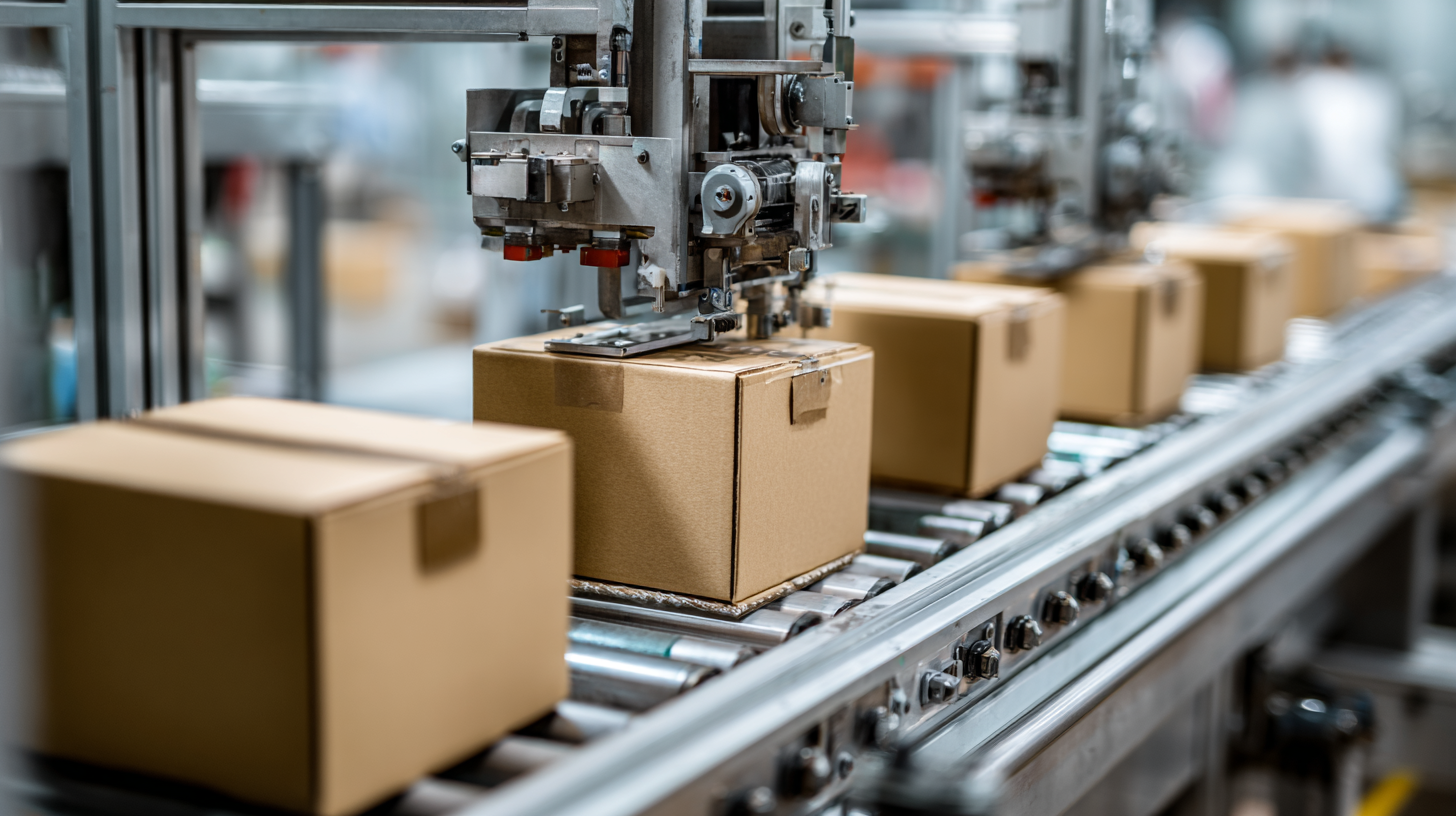
Tips: Consider the volume of packaging you handle daily. For low to moderate volumes, a semi-automated tape machine may suffice. In contrast, high-volume operations might benefit from fully automated systems that integrate seamlessly with existing production lines.
In addition to machine type, the choice of materials matters. Innovative packaging solutions now focus on environmentally friendly options, allowing businesses to enhance sustainability while ensuring reliability. Data from industry reports indicate that implementing recyclable packaging can reduce waste significantly and appeal to eco-conscious consumers.
Tips: Always select tape that is compatible with your packaging materials to ensure a secure seal. Explore various types of packing tapes, as each offers varying durability and adhesive strength, depending on your specific needs.
Key Features to Look for in a Quality Tape Machine
When selecting the best tape machine for your box packaging needs, it's essential to consider several key features that can significantly enhance the efficiency and reliability of your packaging operations. One of the most important features is the machine's speed. A faster tape machine will help you meet high-demand production schedules, ensuring that you can package your products quickly without sacrificing quality. Look for machines that offer adjustable speed settings, allowing you to optimize the workflow based on varying packaging requirements.
Another critical aspect to evaluate is the tape width compatibility. Different products may require different tape widths, so selecting a machine that accommodates a range of tape sizes ensures versatility in your packaging process. Additionally, consider the ease of use and maintenance of the tape machine. User-friendly controls and simple maintenance procedures can save time and reduce downtime, allowing your team to focus more on packaging and less on troubleshooting.
Finally, assess the durability and construction of the machine; a sturdy design will withstand the rigors of daily operation and provide longevity to your investment.
Comparing Manual vs. Automatic Tape Machines for Efficiency
When selecting a tape machine for box packaging, one crucial decision centers on the choice between manual and automatic tape machines. Manual tape machines often appeal to smaller operations or businesses with lower volume needs. They provide flexibility and affordability, allowing users to control the application of tape individually, which can be advantageous for unique or varying packaging sizes. However, reliance on manual processes can lead to inconsistencies and slower production speeds.
On the other hand, automatic tape machines have been gaining popularity due to their efficiency and scalability. Much like autonomous systems used in other fields, these machines optimize the packaging process by providing consistent application and minimizing human error. In various industries, similar automated methods have proven effective in enhancing productivity, such as in acoustic monitoring and agricultural applications. Thus, businesses that anticipate higher volumes and seek streamlined operations may find that investing in automatic tape machines pays off in the long run, significantly improving their packaging efficiency and overall workflow.
Efficiency Comparison of Manual vs. Automatic Tape Machines
The Impact of Tape Machine Selection on Packaging Costs
Choosing the right tape machine for your box packaging needs can significantly impact packaging costs, particularly in light of recent guidelines aimed at reducing e-commerce waste. The latest industry report indicates that packaging materials account for nearly one-third of the total cost in supply chain logistics. A well-selected tape machine can optimize your usage of tape, ensuring efficient application while minimizing excess that often leads to waste.
Moreover, as e-commerce practices evolve, the recent guidelines have urged businesses to rethink their packaging strategy. For instance, eliminating the use of scotch tape can not only help in adhering to sustainable practices but also reduce overall packaging costs. Studies show that using eco-friendly alternatives can decrease packaging waste by 20-30%, thus lowering disposal expenses. This approach aligns with the growing consumer preference for sustainable packaging solutions, creating a dual benefit: lowering operational costs while enhancing brand reputation in a competitive market.
How to Choose the Best Tape Machine for Your Box Packaging Needs
| Machine Type | Speed (boxes/min) | Tape Width (inches) | Cost ($) | Maintenance (%) | Application |
|---|---|---|---|---|---|
| Semi-Automatic | 20 | 2 | 1,200 | 5 | General Packaging |
| Fully Automatic | 40 | 3 | 4,500 | 3 | High-Volume Production |
| Random Case Sealer | 30 | 2-4 | 2,000 | 4 | Varied Sizes |
| Bottom Sealer | 25 | 2 | 1,800 | 6 | Heavy-Duty Packages |
Maintenance Tips for Prolonging the Life of Your Tape Machine
Maintaining your tape machine is crucial for ensuring its longevity and consistent performance in box packaging operations. Regular cleaning is at the forefront of maintenance practices. Dust and adhesive residue can accumulate on the rollers and guide paths, which may lead to operational issues.
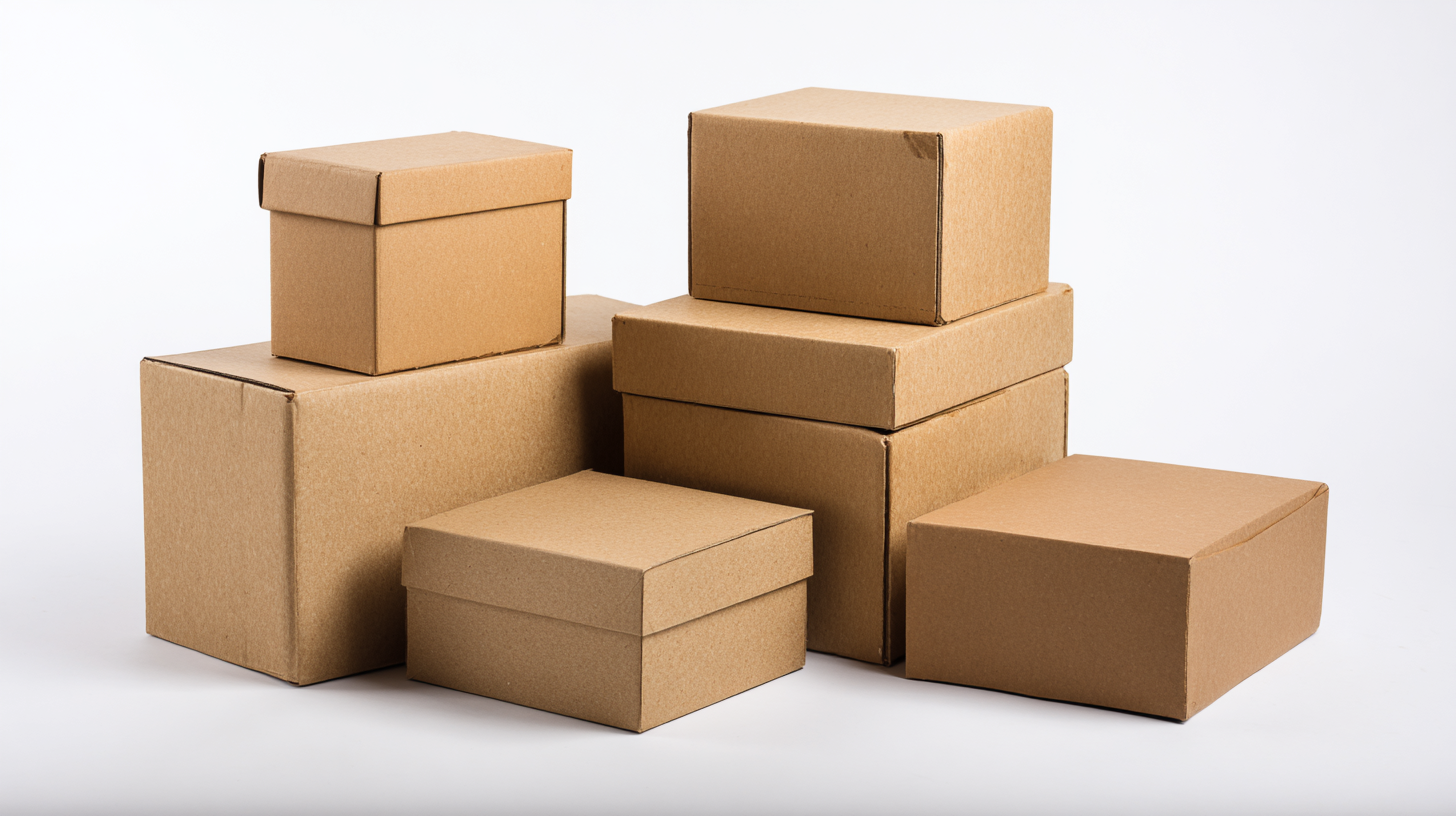 Use a soft cloth and a suitable solvent to gently wipe down the machine components, keeping them free from any buildup that could hamper performance.
Use a soft cloth and a suitable solvent to gently wipe down the machine components, keeping them free from any buildup that could hamper performance.
Another essential tip is to regularly check the tension and alignment of the tape. Proper tension is necessary for seamless operation and can prevent the tape from jamming or tearing during use. It's advisable to refer to the manufacturer’s instructions for the correct tension settings and to inspect the alignment periodically. Additionally, lubricating moving parts according to the recommended schedule can help ensure smooth operation and reduce wear and tear. By implementing these maintenance practices, you can significantly prolong the life of your tape machine and enhance its efficiency in your packaging workflow.
Related Posts
-
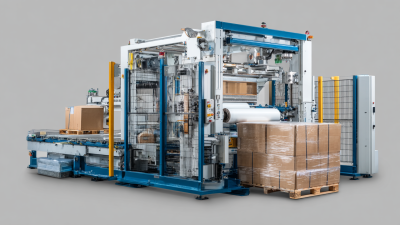
Unlocking Efficiency and Savings with Pallet Wrap Machines Advantages for Your Business
-

Innovative Examples of How Packaging Machines Transform Production Efficiency
-
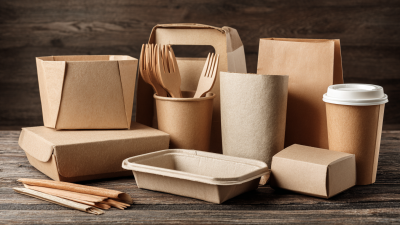
7 Innovative Benefits of Biodegradable Packaging You Didn't Know About
-
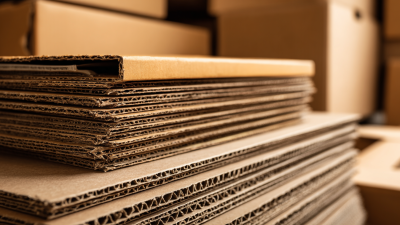
Navigating International Standards: How Best Cardboard Packaging Meets Global Import Certification Requirements
-

7 Best Practices to Optimize Your Usage of Corrugated Cardboard for Packing Solutions
-
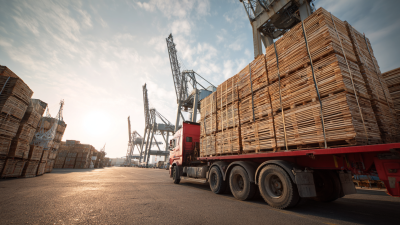
7 Essential Tips for Choosing the Best Bulk Shipping Supplies Worldwide
